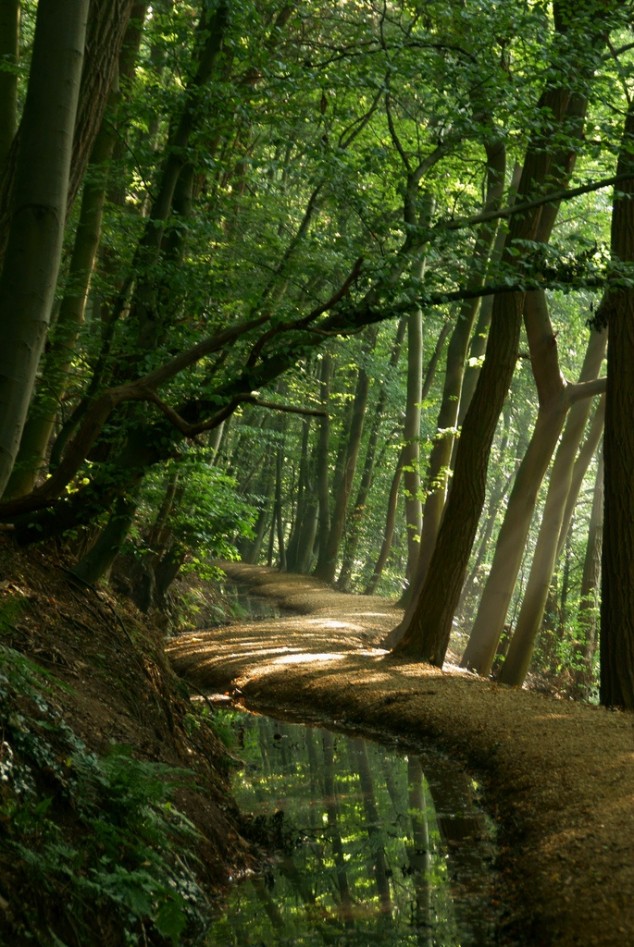In the NYT.com interview with Macfarlane, I smiled when he said many pilgrimage paths have a habit of re-adjusting our mental and physical, well, being. I would add spiritual as well:
Are there particular routes renowned for producing mental or emotional states?
Among the most powerful old ways I know are the ancient routes of
pilgrimage: the roads leading to Santiago de Compostela, say, or the
paths that circle the sacred peaks of the Himalayas (Kailash, Minya
Konka) and along which Buddhist pilgrims perform their arduous koras.
How else do travelers respond to landscape?
Everywhere I walked — in the Hebrides, the West Bank, Sichuan, Spain,
the chalk downs of southern England — I met people for whom walking was a
means of making sense of themselves and of the world. Scottish
islanders who instead of feeling culturally marginal walked their way
into intimacy with their remarkable home landscapes; Palestinians who
used path-following to discover direction and worth in a political
context of disorientation and disturbance. Conservationists for whom the
“foot-transect” was an indispensable means of data collection.
Just smiling.
Buen Camino!
B



No comments:
Post a Comment